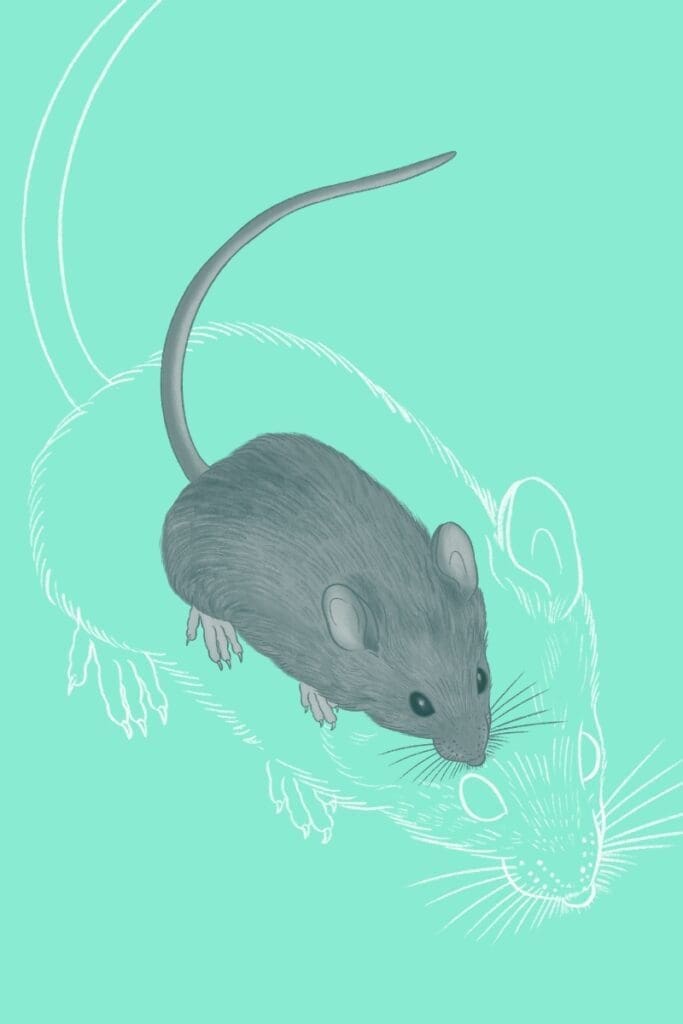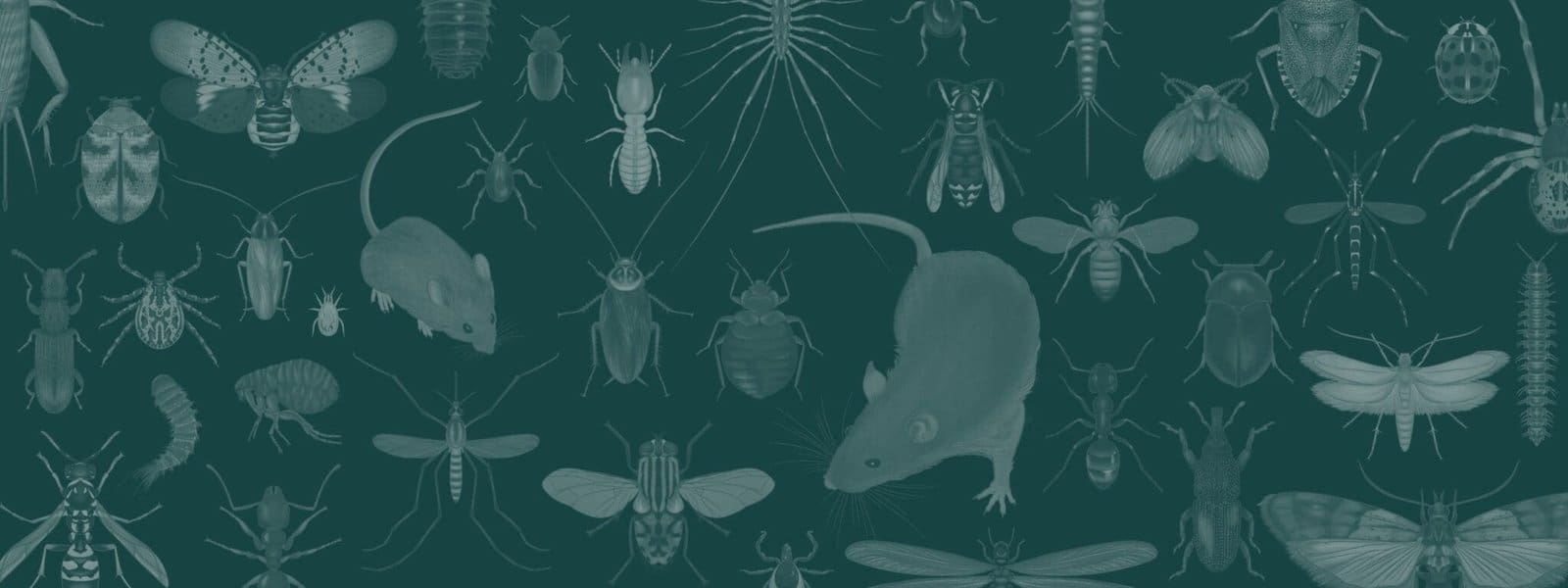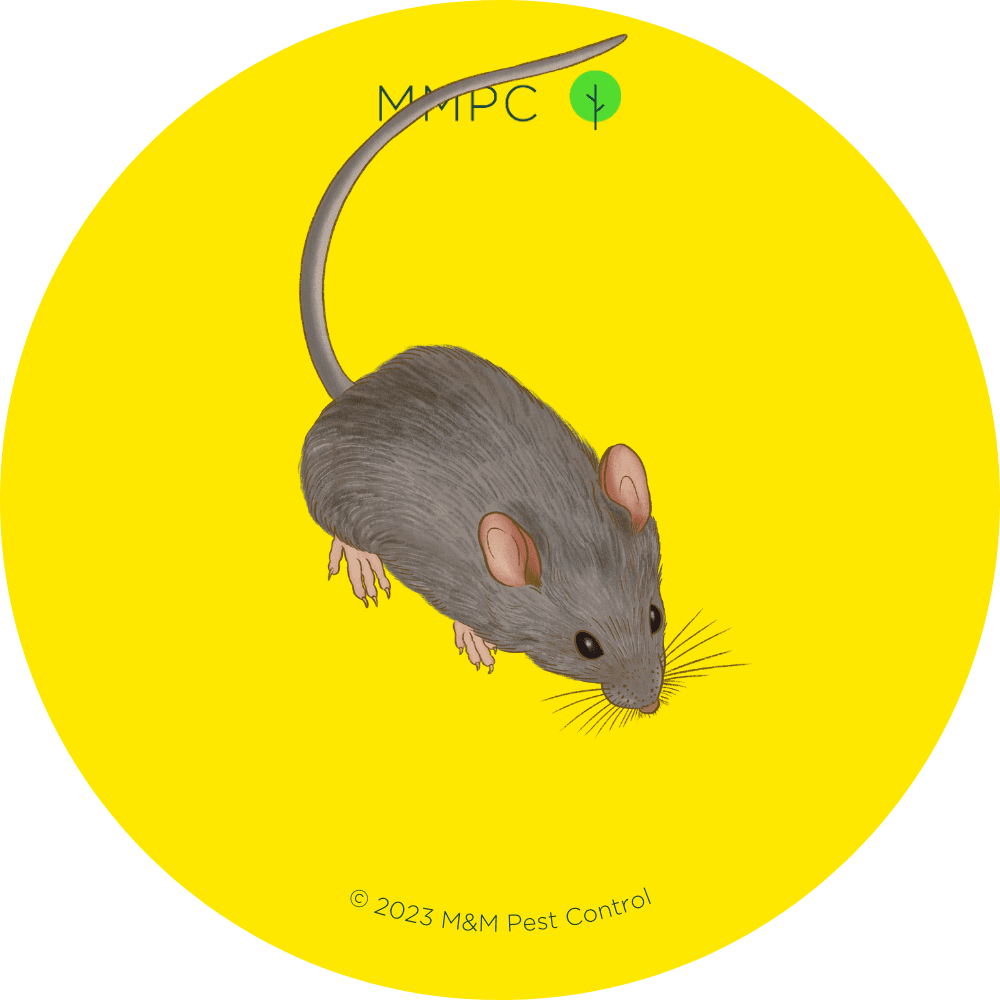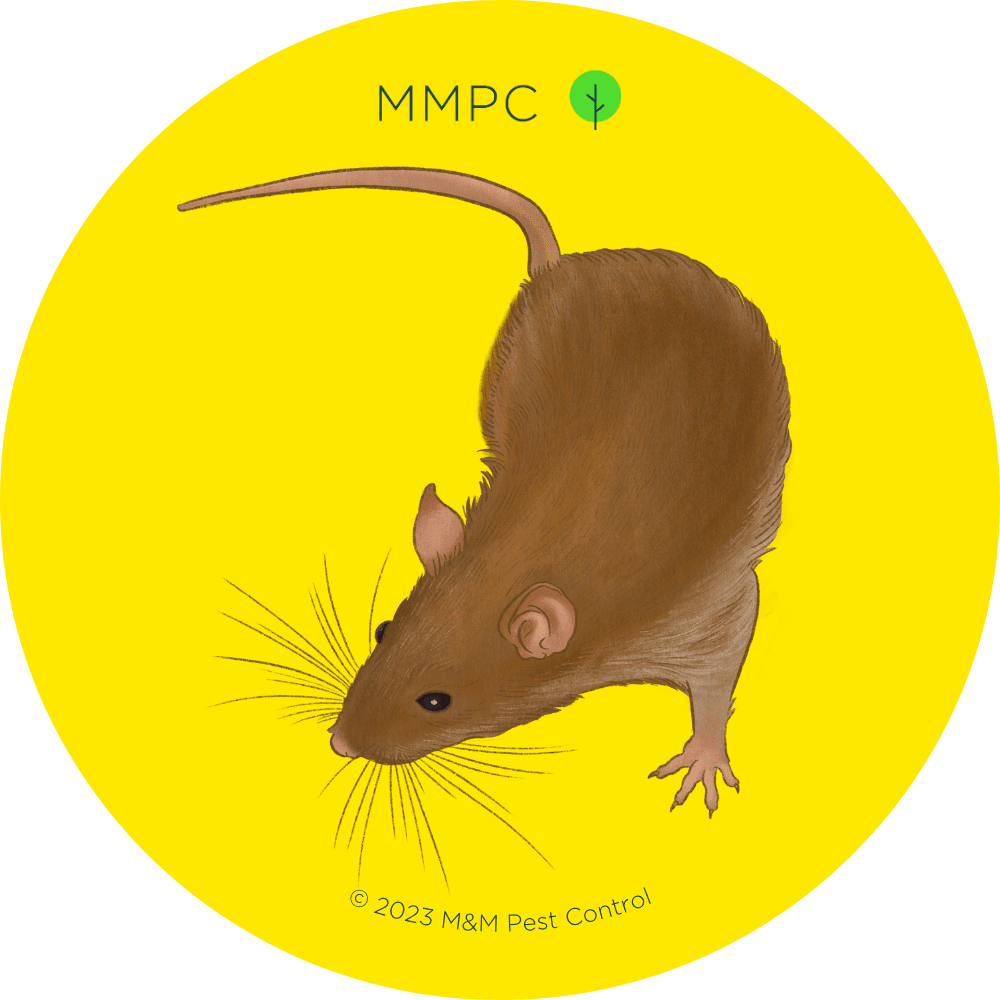How to Identify Household Rodents

About Rodents
Rodents belong to the order Rodentia, which is by far the largest order of mammals with over living 2000 species. They are characterized by their long front teeth (incisors) specialized for gnawing. In pest control, the term “rodents” refers to commensal rodents, namely mice and rats, which are among the most common and persistent urban pests.
- Mice are commonly found in interior environments and can live for up to 18 months.
- Female mice can produce 36 to 192 offspring per year.
- Rats, specifically the Norway Rat, are commonly found in urban and suburban areas of North America.
- Female rats can produce 35 to 85 offspring per year.
Rodents in Your Home
Mice are agile creatures that love to climb and can be found anywhere in your home. They prefer to nest in warm, dark areas like attics, basements, behind walls, and inside cabinets. Rats, while they can also climb, prefer ground level. They typically live in burrows outdoors but are occasionally seen in basements, crawlspaces, under appliances, and around garbage collection areas.
Both mice and rats can squeeze through surprisingly small openings in their search for food and shelter. Common entry points include:
- Gaps around doors and windows
- Cracks in walls and foundations
- Gaps around pipes and wiring
- Holes behind appliances
- Openings around vents and vent screens
To prevent rodents from becoming unwanted tenants in your home, focus on eliminating potential entry points and food sources. Sealing cracks around foundations and doors, storing food in airtight containers, and keeping trash cans tightly sealed are all key steps in deterring these persistent pests.
Eco-Friendly Rodent Exterminators in NYC
Protect your home and property from mice and rats with MMPC’s top-rated inspection, extermination, and exclusion services

Pest Species in New York:
House Mouse
Mus musculus
Mice cause all sorts of trouble, such as gnawing on walls and furniture, chewing electrical wires, and contaminating food.
They typically come out at night in search of food and water. Although they’ll eat just about anything, they especially love grains, fruits, seeds, and pet food that’s been left out overnight.
Signs of a house mouse infestation include droppings, scratching noises, musky odors, gnaw marks, and runways (dirty, greasy smudges from their fur rubbing against floors and baseboards).

Size: 2 1/2″ – 3 3/4″ long (6 – 10 cm) from nose to base of tail
Color: Dusty gray to brown
Shape: Round body with chisel-shaped incisors, rounded ears, a pointed snout, and a thin, nearly hairless tail
Identifying Features
- Long, chisel-shaped front teeth (incisors) with a distinctive notch
- Round body with short, grayish-brown fur
- Rounded ears
- Pointed snout
- Small, beady eyes
- Thin, nearly hairless tail with scale rings
Norway Rat
Rattus norvegicus
Norway rats, colloquially known as “brown rats” or “sewer rats,” are known to infest buildings, damage property, contaminate food, and spread disease.
Over the centuries, their diets and behaviors have evolved alongside modern human society, allowing them to thrive in dense, urban environments like New York City (which is home to as many as 3 million rats, according to a statistical analysis we conducted in August 2023).

Size: 8″ – 11″ long (20 – 28 cm) from nose to base of tail
Color: Gray or brown/black mix
Shape: Stout body with chisel-shaped incisors, small ears, a blunt snout, and a thick, scaly tail
Identifying Features
- Long, chisel-shaped incisors
- Stout body with course, bristly fur
- Small, pink ears
- Blunt snout
- Small, beady eyes
- Thick, scaly, hairless tail that’s typically pink or tan-colored


